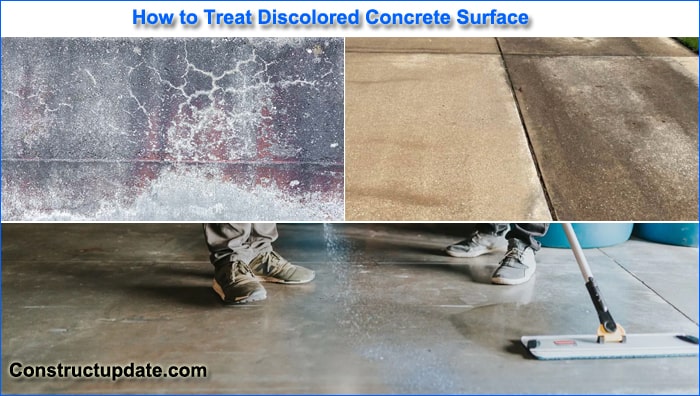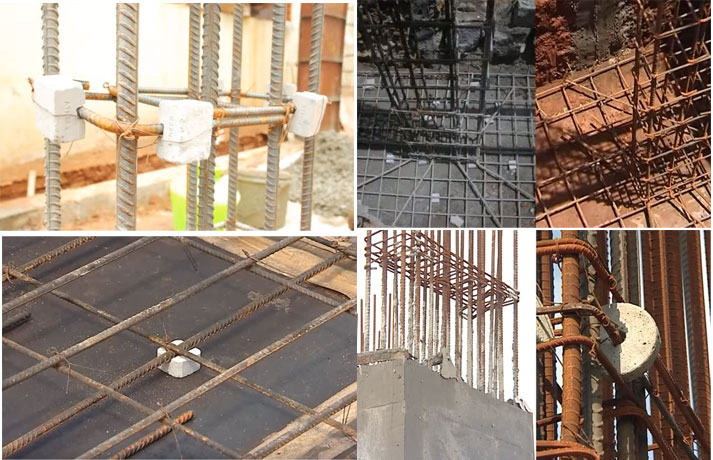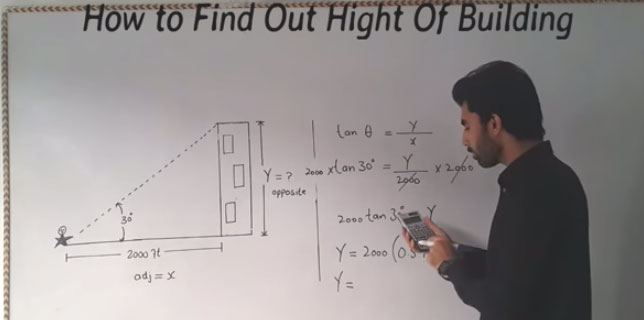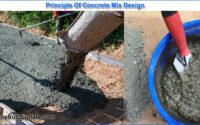Concrete Discolored Causes | How to Prevent Concrete Color Problems | Fixing Discolored Concrete
How to Treat Discolored Concrete Surface?
Any contractor who has installed concrete that turns out to be discoloured is aware of the inconvenience and disappointment it may cause for everyone. The contractor put a lot of effort into producing a product that enhances the reputation of the business. The driveway, walkway, or patio that the owner paid for would have been nice and would have complemented their residential or business building.
However, when the concrete turns out to be blotchy and irregular in colour, detracting from rather than enhancing a property’s curb appeal, everyone is curious as to how or why the discoloration occurred.

Why Concrete Becomes Discolored
Concrete discoloration can result from a number of typical issues:
Inconsistency in materials
Consistency is the key to a beautiful concrete surface. To have a uniform appearance, the proportions of each used component of concrete must be the same.
Your contractor should only use materials that meet the requirements set forth by the American Society for Testing and Materials (ASTM) in order to guarantee that the many components that make up concrete constantly function properly together.
Incorrect Materials Adding at Jobsite
Water – Some contractors add water to the slurry on site to make laying the concrete easier. This change may cause your concrete to seem blotchy if it is not correctly mixed.
Calcium chloride – This ingredient is frequently added to hasten drying. Additionally, if it is not properly incorporated, it will leave blotches on the dry surface.
Tips to Prevent Concrete Color Problems
Working with a skilled concrete contractor who is concerned about accuracy will ultimately pay off in preventing discoloured concrete from appearing. Employ a contractor who:
- Use components that meet the criteria set forth by the American Society for Testing and Materials (ASTM).
- Perform a test pour to observe the concrete mixture’s appearance in action rather than simply in your imagination.
- Creates a homogenous subgrade, increasing the possibility of a consistent surface finish when concrete is poured on top of it.
- Uses no admixtures containing chloride, such as calcium chloride, to hasten the drying process.
Properly adapts to variations in the weather, such as rain, heat, and cold. - Reduces the possibility that wind or sunlight will cause the concrete surface to dry unevenly.
Avoid methods that can cause discolorations, such as harsh troweling.
How to Repair Discolored Concrete
You have options if your concrete turns out to be stained. Your concrete issues might be resolved by a few straightforward modifications, leaving you with a surface that is uniform in colour and attractive.
Cleansing — Blotches of moderate discolouration can be reduced or removed by periodically rinsing the hardened concrete surface with hot water and then scrubbing with a sharp brush.
Acid treatment — A moderate acid solution of 1-3% muriatic acid to water will help eliminate the discoloration if it is more severe. Just make sure the combination is gentle and the process is carried out cautiously and in small doses, or you risk having imperfections or weak concrete.
Color staining — Some concrete issues can be concealed by adding a colour to the hardened surface, such as in cases of less severe discolorations.
Specialty coating — Significant stains and discolorations can be concealed with the use of a thin polymer-modified coating, which is frequently used to cover graffiti.
Laying pavers — Pavers can be used to adorn concrete surfaces and cover stains.
A complete makeover — Sometimes, concrete issues, such as stains and discolorations, are so severe that repairs fail. It could be essential to pour new concrete again in this situation.





